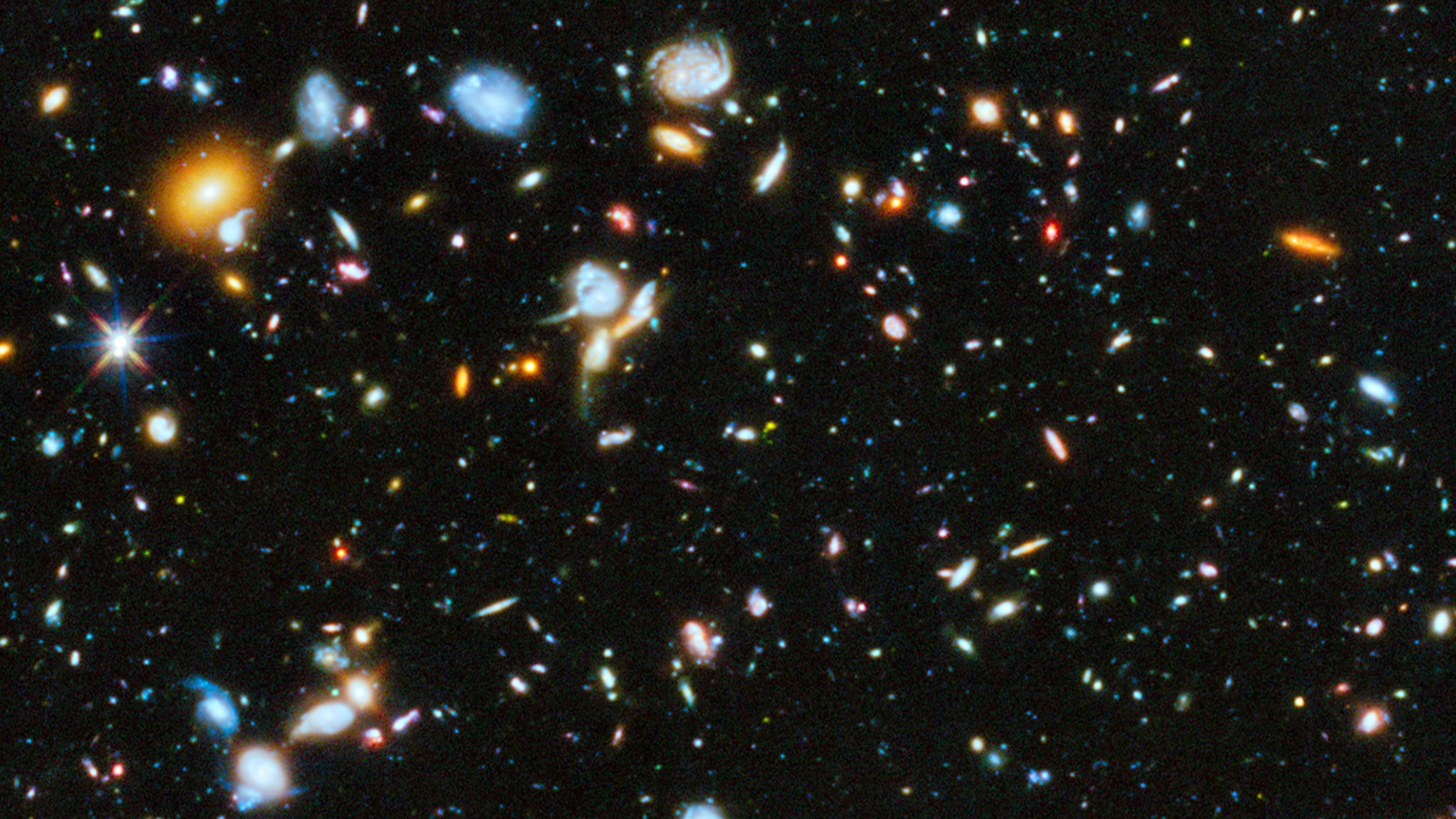Stay Up to Date
Submit your email address to receive the latest industry and Aerospace America news.
Q: Dark energy, of course, is invisible. Yet scientists discovered the existence of it partly through visible light observations from the Hubble Space Telescope. How can this be?
Send a response of up to 250 words that someone in any field could understand to [email protected] by noon Eastern April 15 for a chance to have it published in the next issue.
—
From the March issue: WIND VERSUS SUNLIGHT
We asked you whether a solar sail could tack into sunlight similar to how a sailboat tacks into the wind. Your answers were reviewed by Bruce Betts, manager of The Planetary Society’s LightSail 2 program, who helped us select the best answer.
WINNER: “Tacking” a sailboat requires a resistive medium (the water) so that the wind load can be reacted on by lift generated by the hull moving in the water so that the resultant force has an upwind component. Space contains no resistive medium, so a solar sail cannot “tack.” However, you do have one other force available: gravity. A solar sail in orbit around the sun can tilt its sail to face at an angle toward the direction of its orbit. The sunlight reflecting off the sail will produce a net force normal to the sail surface; this will be in a direction largely opposing its orbital velocity. This will reduce its velocity and hence kinetic energy, thus it will descend to a closer orbit of lower energy. In practice, with the very gentle continuous force of sunlight, it will have a spiral trajectory gradually getting closer to the sun.
Alan Sherwood, AIAA Senior member
Victoria, Australia
Sherwood is an aeronautical engineer at Boeing’s Australia division, where he designs airframe structures for passenger and military aircraft.
Related Posts
Stay Up to Date
Submit your email address to receive the latest industry and Aerospace America news.




